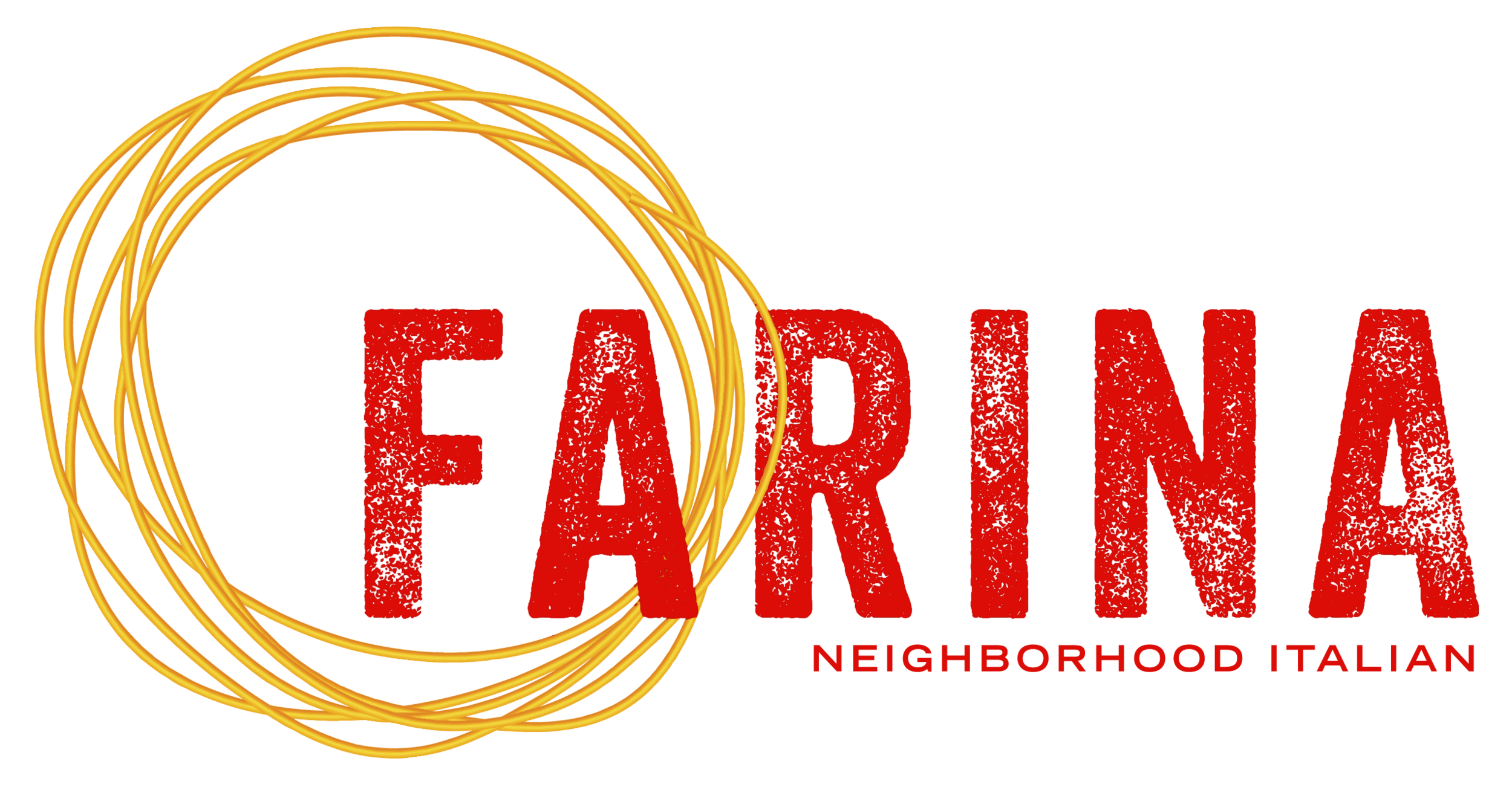Libero Brunello di Montalcino
One of the biggest breakout stars of our Coravin list has been Libero Brunello di Montalcino. This wine packs an extremely powerful punch and outdrinks its price point by a wide margin.
It’s an odd thing but until about thirty years ago, Chianti had rules that disallowed any wine that was 100% Sangiovese from being labeled as a Chianti. Weird, right? Everyone understood that Sangiovese was the best grape in Tuscany. But any labeled Chianti had to have other grapes blended into it, for better or worse.
It was always odd since Brunello di Montalcino had been long the most highly respected wine in the Tuscany region, and it is 100% Sangiovese. That has changed, but Brunello remains atop all other Sangiovese wines, from anywhere in Italy or elsewhere. These wines are better than they have ever been.
All this has kinda made me decide that I think I'm gonna have a glass tonight. Why not, right?
We believe a good wine is one that sticks by you no matter how the night evolves. This is Libero: luxury for the curious, modern, and free. A bottle that will spark conversation but never dominate it. Juice that is equally at home being swirled in a crystal glass or downed from a tumbler next to a campfire. Balanced and relaxed, Libero is a steady companion through it all.
Libero Brunello di Montalcino DOCG
Brunello di Montalcino, made from 100% Sangiovese, is one of Italy’s most impressive wines over the last 35 years. This wine ages beautifully and offers a power and structure unrivaled by the other wines of Tuscany.
ABOUT THE IMAGE:
The image that graces this amazing bottle of wine was created by Erik Linton. "This is a handmade drypoint etching of a countryside landscape. Because each print is made by hand, no two are exactly alike. The drypoint etching technique makes each one look vintage and timeless. As an artist, I enjoy using traditional time-tested methods to create my art. I love creating art that shows the artistry that already exists in nature. " instagram: @linton_art
Originating from Italy, intaglio is the collective term for printmaking techniques in which the image is incised into the surface of metal plates (most commonly made of copper, zinc, or brass). Once the plate is inked using a roller, its surface is wiped clean and only the pigment in the recessed areas is left.
Once inked, the plate is then positioned onto the bed of an etching press, which is a machine with two steel rollers that provide pressure. A dampened sheet of paper is laid on top of the plate, and two felt blankets are placed on top of the paper. The bed is then cranked between the two rollers, which forces the paper into the recessed areas of the metal plate. After the bed arrives at the other end of the press, the blankets and paper are removed to reveal the finished print.
There are five traditional intaglio processes: engraving, etching, drypoint, aquatint, and mezzotint. Each one produces a distinct look and feel, and many artists will combine two or more techniques to produce one-of-a-kind prints.

